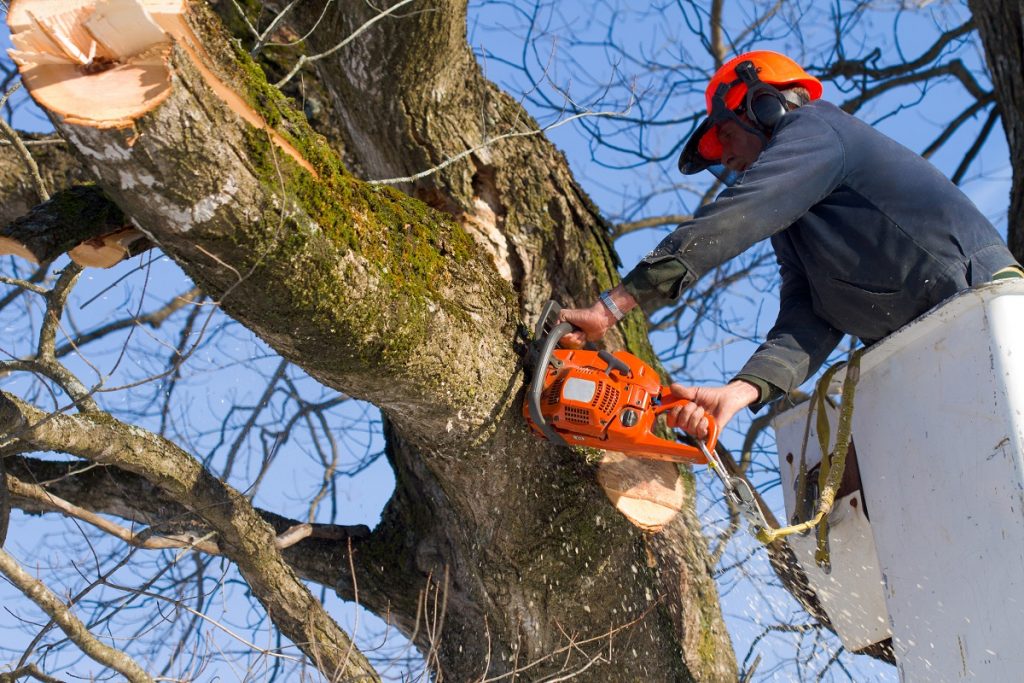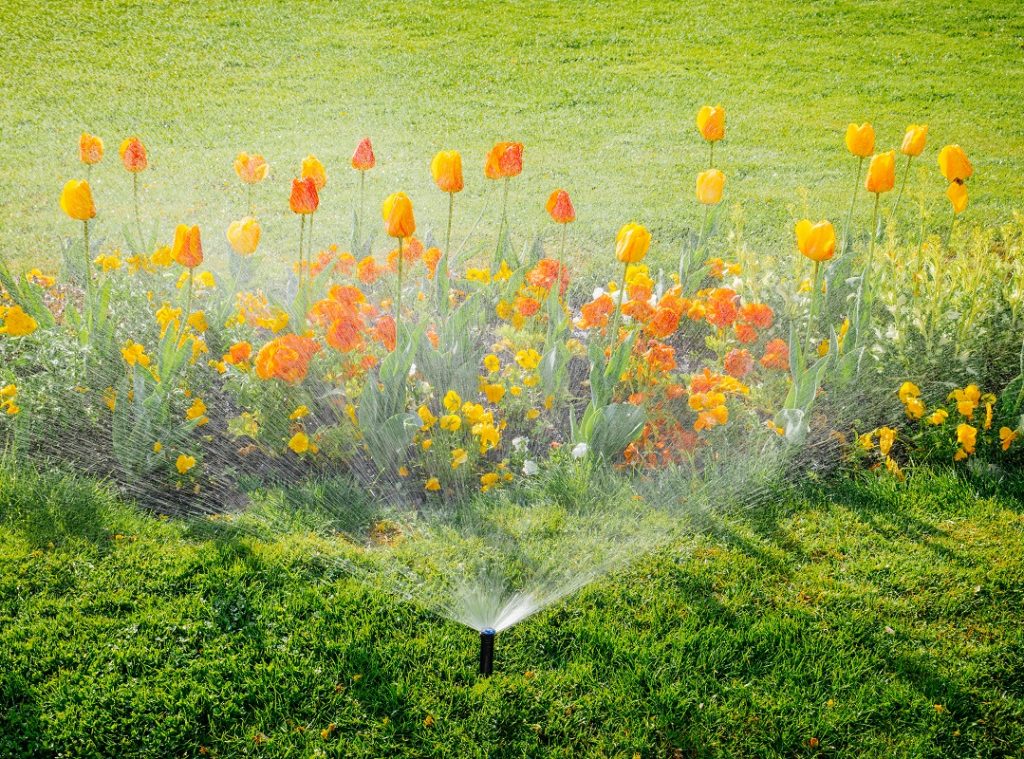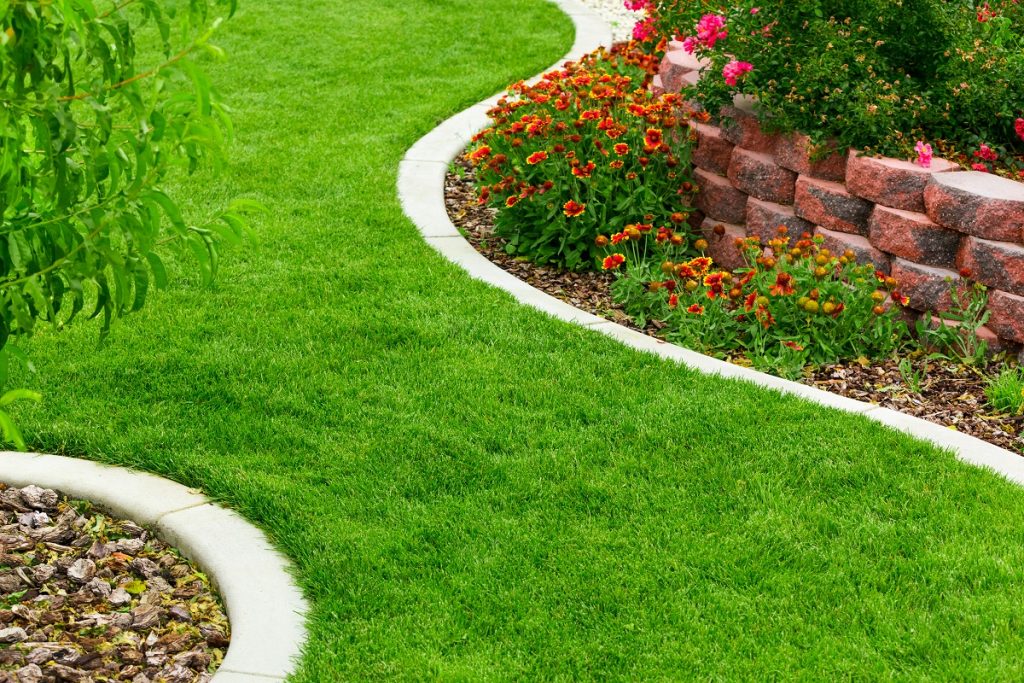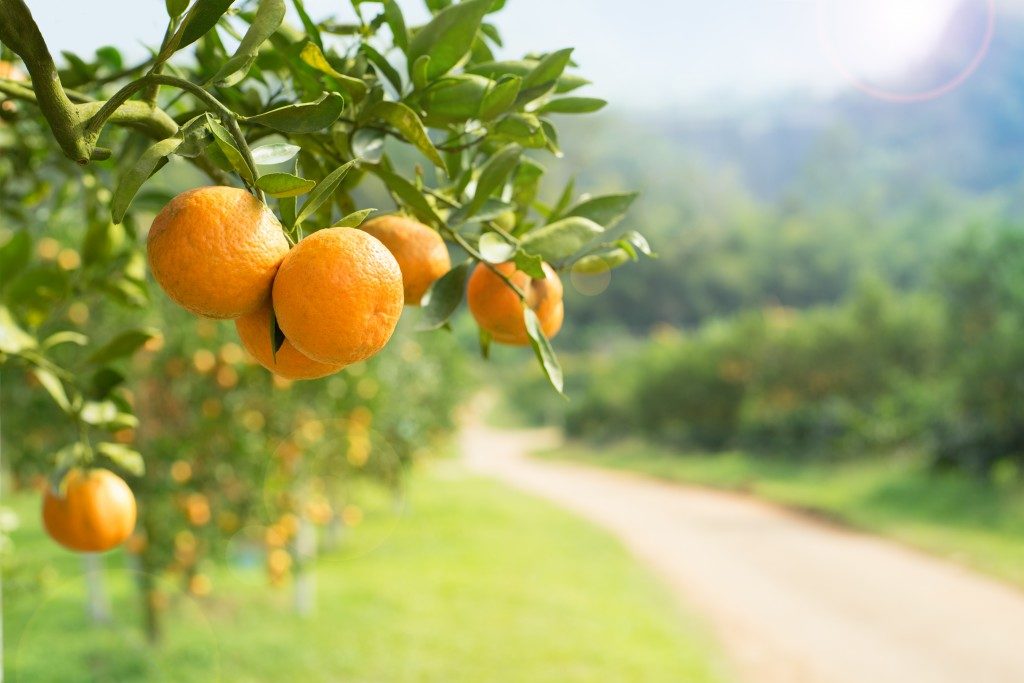- Proper planning, assessing space, and choosing the right plants are essential to creating a vibrant backyard garden.
- Composting kitchen and yard waste provides plants with the necessary nutrients while promoting eco-friendly practices.
- Consistent and proper watering methods foster a healthy, lush garden.
- Regular pruning and mulching are crucial garden maintenance tasks that enhance your garden’s health and aesthetics.
Are you interested in transforming your backyard into a verdant oasis? Then you’re in the right place! This guide aims to offer you the best gardening tips to help you elevate your backyard. From choosing the right plants to learning how to care for them, we’ll walk you through the steps to create your garden masterpiece. Ready to get your hands dirty?
Plan the Layout
Before embarking on your gardening journey, it is crucial to plan the layout of your garden meticulously to ensure maximum plant health and aesthetic appeal. Here are some tips:
Assess Your Space
Assessing your space is the first step in creating your garden oasis. Consider the size of your backyard, its shape, and the location of any existing structures or fixtures. Identify areas with different sun exposure – full sun, partial shade and full shade, as this will determine what type of plants will thrive in each area.
Also, consider the existing soil condition and whether it needs improvement. Remember that you might need space for paths, a shed, or a patio. A well-assessed space will enable you to strategically choose the right plants, position them, and establish an efficient watering system. This preplanning is essential for creating a harmonious, functional garden that meets your aesthetic preferences and supports your plants’ health.
Find a Reputable Tree Surgeon

Finding a reputable tree surgeon can significantly enhance your garden’s overall health and appearance. Tree surgeons are trained professionals with the knowledge and tools to properly maintain and care for trees. They can advise on the best types of trees to plant in your backyard, based on your location, soil type, and personal preferences.
Furthermore, they can help diagnose and treat any tree diseases or pests that may impact the health of your trees. In addition to providing tree care services, they can safely remove any dead or hazardous trees, preventing potential damage to your property or nearby structures.
When selecting a tree surgeon, it’s important to ensure they are certified and insured and have positive reviews or recommendations. A qualified tree surgeon will help you make educated decisions about your trees and ensure your backyard oasis thrives.
Choose the Right Plants
Choosing the right plants for your garden is instrumental in creating a thriving outdoor space. Each plant has unique requirements regarding sunlight, water, soil type, and climate compatibility. Thus, you should select plants compatible with your garden’s conditions.
Consider perennial plants for year-round foliage and annuals for adding seasonal color to your garden. You may also want to incorporate different varieties of shrubs and flowers for visual interest and diversity. If you plan to create a kitchen garden, select herbs, fruits, or vegetables you frequently use for cooking.
By choosing your plants wisely, you will create a visually appealing garden and ensure that your plants live their best lives, contributing to your garden’s overall health and vibrancy. Always remember to buy plants from reputable nurseries, and don’t hesitate to ask for help when choosing plants if you’re a beginner.
Create a Composting Area
Creating a composting area in your garden is an excellent idea for multiple reasons. Composting transforms kitchen scraps and yard waste into a rich, nutrient-packed soil conditioner, providing your plants with the essential nutrients they need to thrive. Plus, it’s an eco-friendly practice that reduces the amount of waste going to landfills.
To start your compost heap, designate a corner of your garden that’s easy to access yet concealed from direct view. Layer green waste such as vegetable peels, coffee grounds, and grass clippings with brown waste such as leaves, straw, or shredded newspaper.
Turn the compost pile regularly with a garden fork to keep it aerated and to speed up the decomposition process. Over time, you’ll have nutrient-rich compost to apply to your garden, enhancing plant health, and promoting robust growth.
Consistent Watering

Consistent watering is vital for the well-being of your garden. Plants require water for photosynthesis, nutrient uptake, and overall growth. However, watering needs can vary based on the type of plants, the soil and weather conditions. Most gardens benefit from a deep, infrequent watering schedule instead of frequent, shallow watering.
This practice encourages the development of deep root systems, making the plants more resilient during dry periods. It’s also better to water early in the morning when evaporation rates are lower. Remember to water the base of the plants to avoid wetting the leaves, which can lead to fungal diseases.
Consider investing in a rain barrel to collect rainwater, a more sustainable and cost-effective watering solution. You’ll foster a healthy, lush garden by implementing consistent and appropriate watering practices.
Regularly Prune and Mulch
Regular pruning and mulching are critical garden maintenance tasks that contribute to the health and aesthetics of your garden. Pruning involves the selective removal of specific plant parts, such as buds, roots, and branches.
It encourages plants to develop a strong structure and desirable form, improves plant health by removing dead or diseased parts, and stimulates growth by redirecting plant energy to new branches and blooms.
On the other hand, mulching involves applying organic material, like compost, straw, or wood chips, around your plants. Mulch conserves soil moisture, suppresses weed growth, and improves soil structure and fertility.
It also enhances your garden’s visual appeal by providing a neat, uniform look. When done correctly and regularly, both these practices can drastically improve your garden’s health, longevity, and visual appeal.
In conclusion, transforming your backyard into a garden oasis is fulfilling. So, don’t wait! Get your gardening tools, apply these tips, and create your masterpiece. Your backyard oasis awaits you!



